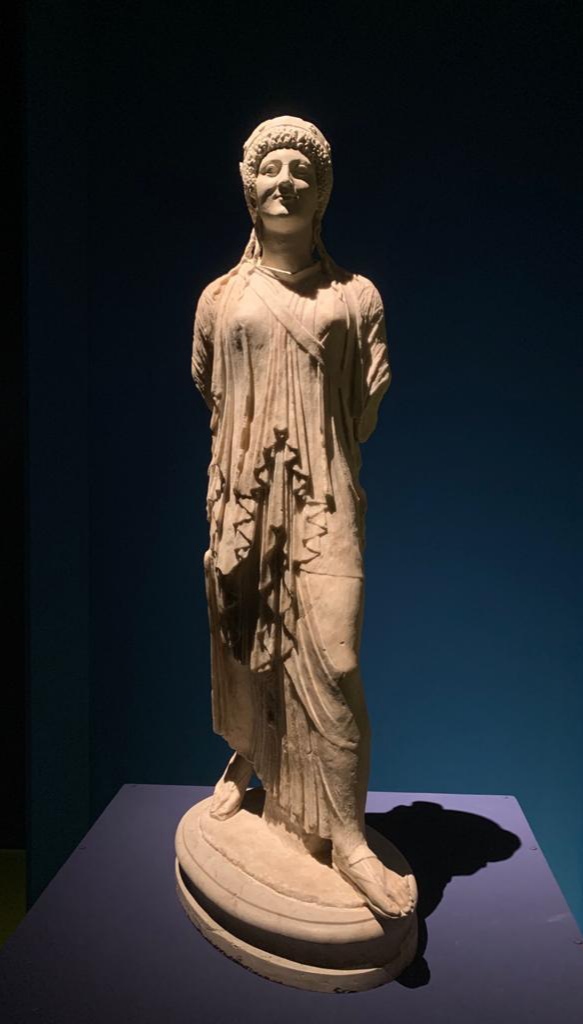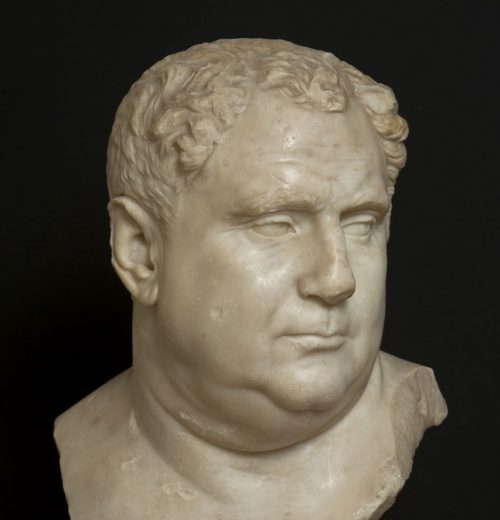
Stories of St. Mark Square
The Mint of Venice: a prestigious history that is more than a thousand years old Venice was home to one of most productive monetary factories in Europe. Of vital importance for the Republic, it was located, probably from the 12th century, in St. Mark Square, near the palaces of power. Today, we dedicate our post of Stories of St. Mark Square to the history of the Venetian mint. Its activity began around 820 A.D., with a denarius coined in the name of the Holy Roman Emperor, Louis the Pious, and only in the 12th century, with the doge Vitale Michiel (1156-1172), its issues began to report the name of the highest local authority, the doge. At the end of this same century, in relation to the political importance that the city was assuming in the eastern Mediterranean, the first Venetian coin destined for a great international success was issued: the silver ducato, also called matapan or even more commonly grosso (big), to contrast it with the denarius, also known as piccolo (small). It was, however, to another nominal that Venice linked its great prestige in the international field until the end of the republican government (1797). In 1284, Venice introduced the ducato of gold on the model of the Florence fiorino, whose success it previously equaled and then overcame. This coin was so popular that it earned the nickname "medieval dollar" among scholars. It maintained throughout the very long period of its production the purity of the 24-carat metal and stable weight (3.5 g approx.) as well as the same types. In 1472, two other important new monetary models were issued: the first silver lira of Europe (lira tron or trono from the name of Doge Nicolò Tron) and, sharing the primacy with the Kingdom of Naples, the coin of only copper, which in Venice took the name of bagattino. Even from a formal point of view, these two coins were innovative with respect to tradition, both bearing the portrait of the doge: this attempt, which gave a lot of visibility to the holder of the chief state public office, however, had no follow-up in the lagoon city as it was considered incompatible with a Republic which was Venice. With the discovery of America, many trade balances changed in Europe to the detriment of Italian cities, including Venice. The new structure soon produced evident effects even in the monetary field. The lagoon mint also began to make nominals on foreign models such as the French-type gold scudo (1528) or the silver tallero for the East on the model of the Austrian one (1755). Nevertheless, the ducato of gold, from the 16th century called zecchino, continued to represent one of the principal financial resources of the Serenissima, thanks to the undisputed credit it maintained in the East. The great success of its issues led the Venetian government to adopt a traditionalist policy in monetary choices, such as the types to be adopted or the production techniques. Thus, with rare exceptions, the hand technique continued to be used in the city for the coin minting, even large ones such as multiples. From the first half of the 17th century, they had already introduced the mechanized technique elsewhere. The hand technique consisted in beating with the hammer a metal roundel between two cones that bore the negative representations they desired to reproduce in positive on the coin. The lower minting (called incudine), fixed to an anvil, usually constituted the matrix for the main face, the one bearing the name of the doge. The other coin (called martello) was free and received the blow of the mallet. At the beginning of its activity, the Mint of Venice was near Rialto, commercial heart of the city. Then, it was moved, probably from the 12th century, to St. Mark Square. In 1533, for safety reasons, they decided to reconstruct the building that housed it, entrusting the project to the architect Jacopo Sansovino. After the mint closure in 1870, the structure was entrusted to the Chamber of Commerce for a certain period. In 1900, it passed to the Marciana Library, which moved here in 1904. Cristina Crisafulli As part of the cycle of informal meetings in the historic courtyard of the National Archaeological Museum of Venice, entitled Stories of St. Mark's Square, on September 29th, we will welcome Dr. Cristina Crisafulli, numismatic curator of the Correr Museum, that will talk to us about the mint of Venice and of its history. Thursday 29 September, 6.30 pm Piazzetta San Marco, 17 C. Crisafulli - The Mint of Venice: a prestigious history that is more than a thousand years old Reservations on 041 29 67 663




